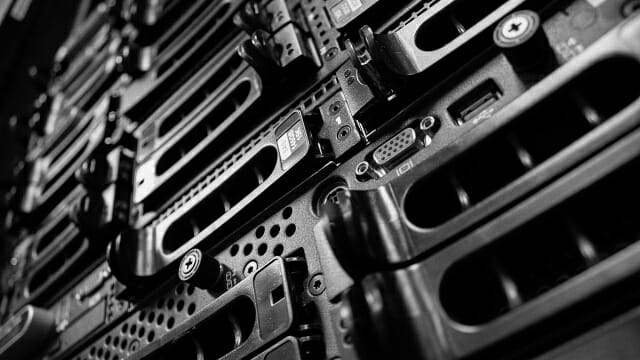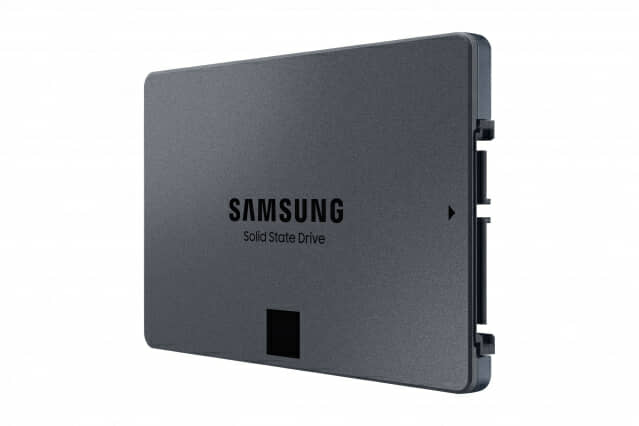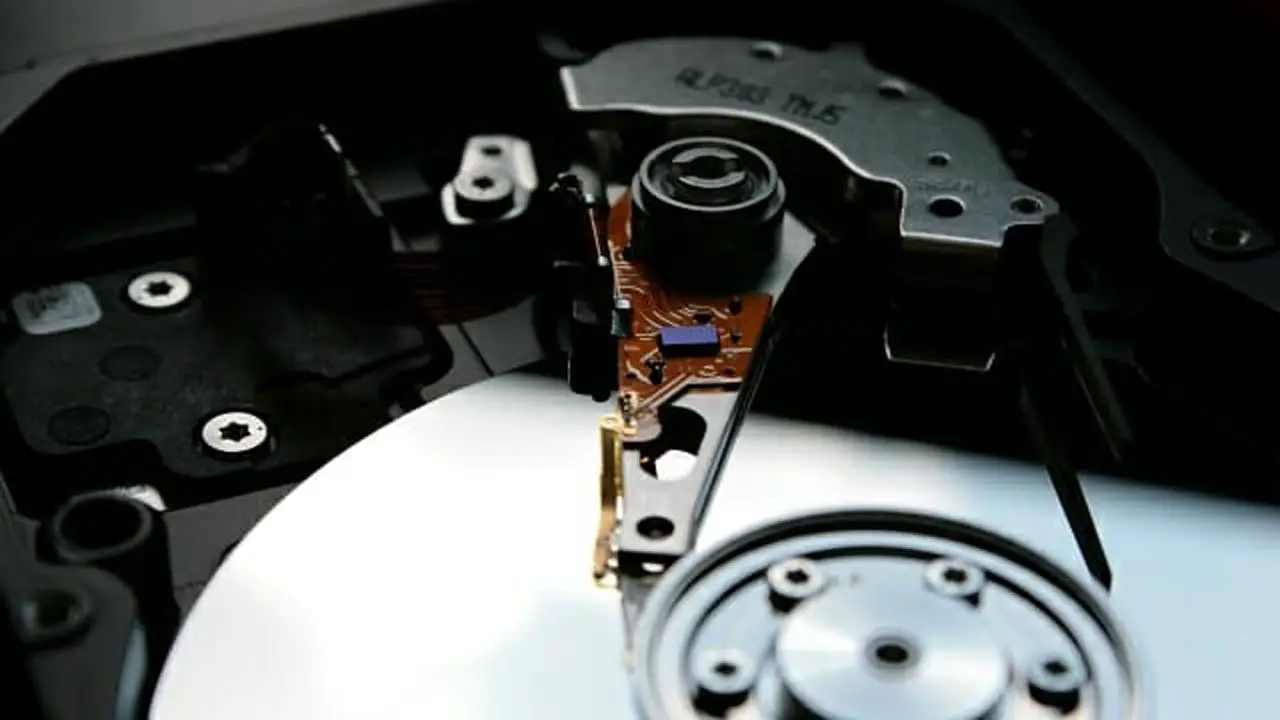Global PC manufacturers remove HDDs, The day is not far when HDD (hard disk drive), which was considered an essential storage device in the past, will completely disappear from PCs. This is because SSDs are using QLC NAND flash memory that can store 4 bits per cell, significantly lowering the unit price per GB (gigabyte), while also lowering the eMMC unit price. HDDs are also disappearing from industrial equipment such as kiosks that need to reduce production costs. There is also a prediction that the vast majority of the mobile native generation born after 2010 will not know the existence of HDD for their entire lives.
” Reduce HDD order volume to very small number considering maintenance and replacement” Global manufacturers ranked in the top 5 according to market research companies such as IDC and Gartner have already completely converted the main storage device of personal and corporate PCs to SSD. Mr. B, a supply chain worker at an affiliate of a global PC manufacturer, said on the 18th, “From the second half of this year, laptops and kiosks where unit cost reduction is important are expected to no longer use HDDs.”
The company mainly supplies business PCs to domestic markets in developed countries.
However, at the end of last year, orders for PC HDDs from major HDD manufacturers such as Western Digital and Seagate were reduced to a minimum. Even this only amounts to a very small amount needed to repair existing products. Mr. B said, ” HDDs for PCs are still supplied, but the problem is that demand is rapidly decreasing.
This is because Windows 11 requires SSDs as boot media, and we are no longer supplying PCs with Windows 10, whose support will end next year.” revealed.2.5-inch HDD shipments are already ‘decoupling’ with PC demand. According to the HDD shipment count for the fourth quarter of 2023 released by market research company Trend Focus in January, HDD shipments during the period were around 29 million units.

Trend Focus explained, “As demand for high capacity for 3.5/2.5-inch enterprise HDDs increases for cloud deployment, the quantity increased by about 10% in the previous quarter (3rd quarter of 2023) to 11 million units.” On the other hand, shipments of 3.5-inch HDDs for desktop PCs and home appliances fell to less than 10 million units.Trend Focus said, “Shipments of 2.5-inch general consumer HDDs increased slightly compared to the previous quarter but are less than 8 million units and are not affected by fluctuations in PC demand.”
QLC SSD price continues to fall, threat to HDD, HDD has an advantage over SSD in the storage price per GB. However, the unit price of SSDs based on QLC NAND flash memory, which can store 4 bits per cell, is also steadily decreasing.

According to ConnectWave price comparison service Danawa on the 18th, the price of a PCI Express 4.0-based 2TB product is around 170,000 won, and the price of a SATA3 -based 2TB product is around 150,000 won. On the other hand, the price of 2TB HDD for desktop PC has been maintained at around 76,000 won with no change for a year since March of last year.
An official from a distribution company said, “Before October of last year, major manufacturers applied discount policies to stimulate demand, narrowing the price gap between SSD and HDD to around 30,000 won. In the future, the price decline of SSDs will be greater than that of HDDs.” explained.
Major manufacturers have changed the recording method of HDD products under 4TB to SMR. By overwriting data multiple times on platters, which are storage devices, the number of platters can be reduced, and unit costs can be lowered. However, the data writing speed is lower than that of the existing CMR method. There is also the problem of delayed recovery when a problem occurs.
“HDD will be forgotten like floppy disks” HDDs
larger than 8TB are mainly used to build NAS (network storage devices). It is mainly used to store photos and videos accumulated by individuals or large-scale backup files held by companies without violating privacy or leaking secrets.
However, NAS has higher initial deployment costs compared to subscription cloud services. It requires as little as 400,000 won (1-bay product) to 800,000 won (2-bay product), and up to 2 million won or more. In addition, we take care of various aspects such as continuous updates and maintenance to protect against ransomware and malware.
An official from a domestic HDD distribution company said, ” Just as floppy disks disappeared in favor of USB flash memory and email, more than 90% of the ‘mobile native’ generation born after 2010, when smartphones and tablets became common, are likely to end their lives without knowing about HDDs. “This is big,” he predicted.
See More:
Galaxy Z Flip 6 Key Specifications Leaked Again Looked At The Features
Galaxy A Series Priced At 350 USD, Imminent Release: Equipped With Artificial Intelligence
Acer Launches Gaming Laptop ‘Nitro V 16’ Equipped With AMD Hawkpoint
Samsung’s entry-level Galaxy A launches Stop China’s low-priced phone offensive




